1,8-Naphthalenediol
Synonym(s):1,8-Naphthalenediol
- CAS NO.:569-42-6
- Empirical Formula: C10H8O2
- Molecular Weight: 160.17
- MDL number: MFCD00042701
- EINECS: 209-316-5
- SAFETY DATA SHEET (SDS)
- Update Date: 2025-01-27 09:38:02
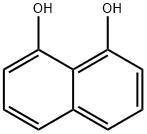
What is 1,8-Naphthalenediol?
Chemical properties
1,8-Naphthalenediol [569-42-6], mp 144℃, is produced by caustic fusion of naphthosultone or naphthosultam, and by acid desulfonation of 1,8-dihydroxynaphthalene-4-sulfonic acid. It is oxidized to juglone by chromium(VI) oxide; gives a dark green color with iron(III) chloride; undergoes amination at 300℃ to give 1,8-naphthalenediamine; and couples with diazotized anilines in the 4- position.
The Uses of 1,8-Naphthalenediol
1,8-Dihydroxynaphthalene (DHN) can be used as:
- An intermediate in the preparation of benzo analogs of spiromamakone A.
- A starting material to synthesize naphthopyran derivatives.
- An intermediate in the total synthesis of palmarumycin CP17 analogs.
Definition
ChEBI: Naphthalene-1,8-diol is a member of the class of naphthalenediols that is naphthalene in which the hydrogens at positions 1 and 8 are replaced by hydroxy groups. It has a role as a fungal metabolite.
Properties of 1,8-Naphthalenediol
| Melting point: | 137-143 °C |
| Boiling point: | 140 °C(Press: 10 Torr) |
| Density | 1.33 |
| storage temp. | 2-8°C |
| pka | 6.36±0.10(Predicted) |
| BRN | 2044947 |
| CAS DataBase Reference | 569-42-6(CAS DataBase Reference) |
Safety information for 1,8-Naphthalenediol
| Signal word | Danger |
| Pictogram(s) |
 Corrosion Corrosives GHS05 |
| GHS Hazard Statements |
H318:Serious eye damage/eye irritation |
| Precautionary Statement Codes |
P280:Wear protective gloves/protective clothing/eye protection/face protection. P305+P351+P338:IF IN EYES: Rinse cautiously with water for several minutes. Remove contact lenses, if present and easy to do. Continuerinsing. |
Computed Descriptors for 1,8-Naphthalenediol
New Products
3-Iodophenylacetic acid 3-Pyridineacetonitrile, α-hydroxy- 2-Propanamine, 1-chloro-, hydrochloride (9CI) 3-(hexyloxy)-4-(pyridin-3-yl)-1,2,5-thiadiazole 2-Hexyn-1-ol Dibenzo-18-crown-6 Nickel(II) perchlorate hexahydrate, 98% 4-Bromophenylacetonitrile, 95% 3-Bromo-4-fluoroaniline, 97% Sodium tetraborate decahydrate, 98% Palladium(II) acetate, trimer, Pd 99% 4-Bromo-2-chlorotoluene, 97% N N Dimethylformamide Dimethyl Acetal (Dmf Dma) 2,3-Dichloro Benzoyl Cyanide [Side Chain] Bis(2-Chloroethyl) Amine Hydrochloride L-Glutamic Acid Diethyl Ester Hydrochloride 5-(Difluoromethoxy)-2-Mercaptobenzimidazole 1-Ethyl-3-(3-Dimethylaminopropyl)-Carbodiimide Hydrochloride [EDC Hcl] 1,4-Napthoquinone Bromoiodomethane Sodium Bicarbonate Methylene Dichloride (MDC) Ethyl Acetate Indole-3-Carbinol (I3C)Related products of tetrahydrofuran
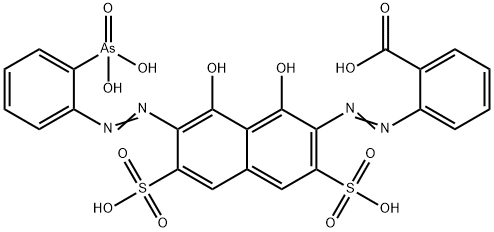
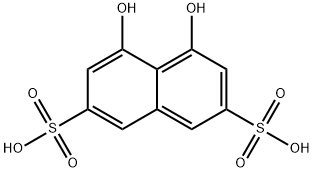
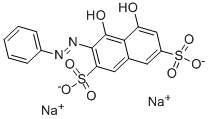
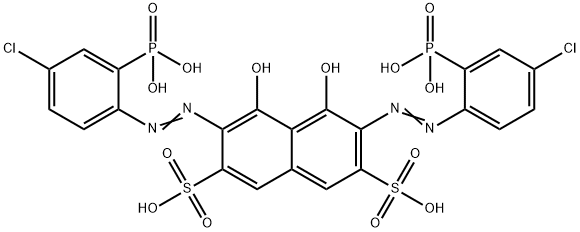
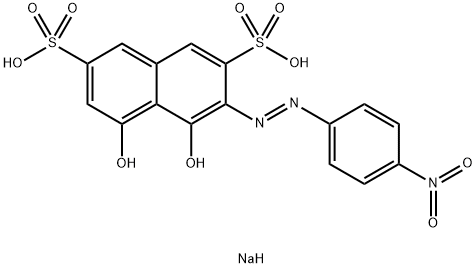
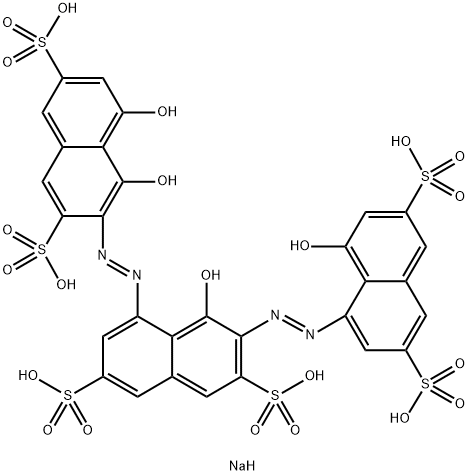
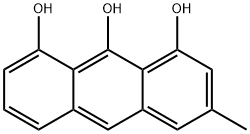
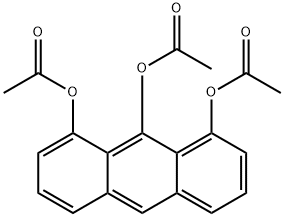
You may like
-
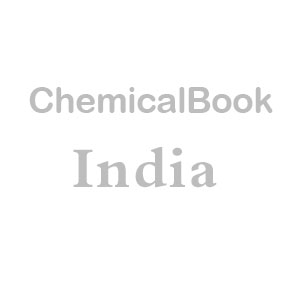 1,8-Dihydroxynaphthalene CAS 569-42-6View Details
1,8-Dihydroxynaphthalene CAS 569-42-6View Details
569-42-6 -
 17604-74-9 3-Pyridineacetonitrile, α-hydroxy- 98+View Details
17604-74-9 3-Pyridineacetonitrile, α-hydroxy- 98+View Details
17604-74-9 -
 131987-69-4 98+View Details
131987-69-4 98+View Details
131987-69-4 -
 Cyclohexane, (2-propynyloxy)- 67967-07-1 98+View Details
Cyclohexane, (2-propynyloxy)- 67967-07-1 98+View Details
67967-07-1 -
 764-60-3 2-Hexyn-1-ol 98+View Details
764-60-3 2-Hexyn-1-ol 98+View Details
764-60-3 -
 2-Propanamine, 1-chloro-, hydrochloride (9CI) 98+View Details
2-Propanamine, 1-chloro-, hydrochloride (9CI) 98+View Details
5968-21-8 -
 3-Iodophenylacetic acid 1878-69-9 98+View Details
3-Iodophenylacetic acid 1878-69-9 98+View Details
1878-69-9 -
 132945-75-6 (S)-1-Boc-3-methanesulfonyloxy-pyrrolidine 98+View Details
132945-75-6 (S)-1-Boc-3-methanesulfonyloxy-pyrrolidine 98+View Details
132945-75-6
Statement: All products displayed on this website are only used for non medical purposes such as industrial applications or scientific research, and cannot be used for clinical diagnosis or treatment of humans or animals. They are not medicinal or edible.
